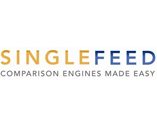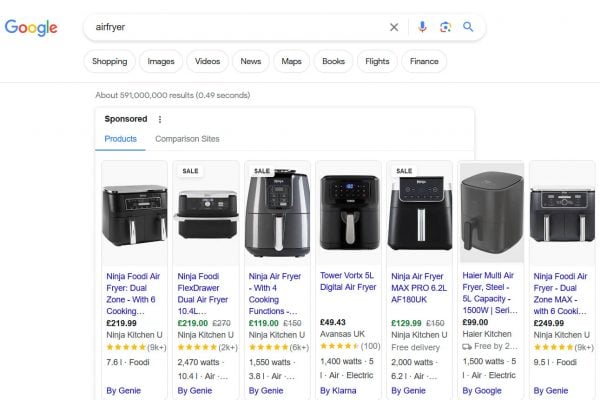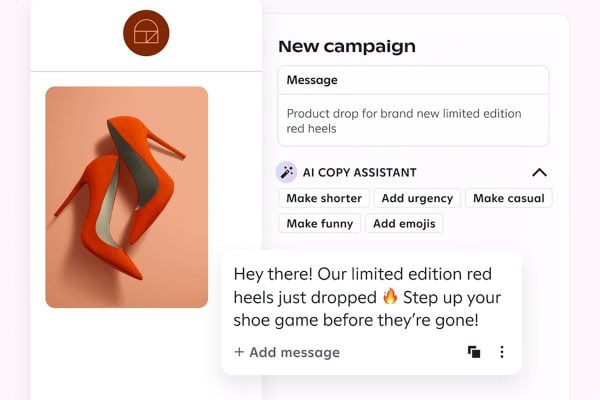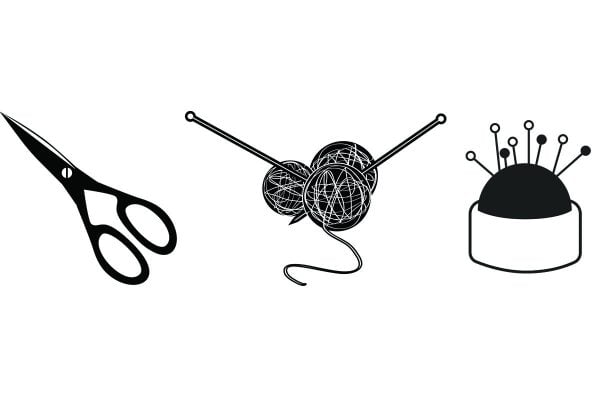 Liam Supple is Product Marketing Manager at SingleFeed, an eCommerce data feed service provider owned by Vendio. He assists online merchants to reach the millions of prospective customers on Comparison Shopping Engines — like Google Shopping, Bing, and NexTag.
Liam Supple is Product Marketing Manager at SingleFeed, an eCommerce data feed service provider owned by Vendio. He assists online merchants to reach the millions of prospective customers on Comparison Shopping Engines — like Google Shopping, Bing, and NexTag.
Liam Supple has 13 tips to make your product search marketing a success.
Tips for Increasing Your Business With Product Search Marketing
Comparison shopping engines (CSEs), like Google Shopping, Shopzilla, NexTag and Bing, are filled with millions of potential customers who are looking for the product they want.
As an online merchant who sells physical products, you can use your product data to increase the number of customers visiting your website by listing your products on CSEs via a data feed. You only pay the shopping engine for the traffic (or clicks) that come back to your site.
Here are 13 tips to make your product search marketing a success.
1. Use descriptive, high-resolution images.
Your customers want the physical products that you’re selling, but they need to be able to see the details before they buy.
If you limit your customers to low-resolution pictures that lack finer details, they will be less likely to purchase that product from you. The CSEs will scale your image to thumbnail size so a quality image is essential.
2. Create rich descriptions for your products that are search engine friendly.
Many online retailers overlook the most essential element used in CSEs: the product description.
Optimize your product titles, and create detailed product descriptions to see more results from CSEs. Make sure you include keywords in those descriptions that match what shoppers are likely using in their searches.
3. Develop a strategy and a budget.
The typical CSE will rank products based largely on how much you’re willing to pay per each click your listing receives from a visitor.
You’ll be successful with CSEs if you take the time to understand how to create a bidding strategy that evolves and stays within your budget.
4. Take it slowly.
Avoid mistakes and surprises by bidding slowly on CSEs when starting out.
You can scale up your bids as you become confident that everything performs within your target budget range.
5. Keep your products up-to-date.
CSEs will pull listing information, like price and shipping, from your product data feed, which means your product feed should be updated frequently especially if you update prices often. Updating your data feed once a day usually is enough to keep it fresh.
Bear in mind that nothing ruins a potential sale like a customer who goes to buy a product on your website that was listed at a different price in the search results.
6. Best-selling products drive the most traffic.
Over time you’ll see which of your products outperform the rest. These are products to leverage to increase your site traffic. Bid higher on these items if you can.
Focus on promoting your best sellers with your limited advertising budget rather than trying to increase the sales of under-performers. You’ll get more shoppers (clicks) who will ultimately add more items to their cart.
7. Include shipping costs in your listings.
Customers like to know their Total Cost upfront.
Including the shipping cost of products in your CSE listing will make it easier for customers to choose your products knowing that there’ll be no surprises checking out.
8. Target your high-margin or low-cost products.
Your high-margin products give you more room to experiment with your CSE bidding, and low-cost products can give you a price leg-up over your competition.
Bidding higher on these items can help you win the sale and more traffic.
9. Save time by having a professional handle your data feeds.
Taking the time to format and categorize product feeds by hand so they follow the different guidelines each CSE sets forth is time-consuming.
Your time is valuable, so use a reputable data feed service provider to do this for you.
10. List on multiple shopping engines.
Test your products and strategies on several CSEs to see which ones work best for your items.
It doesn’t matter where a click comes from, so long as it converts into a sale. Also, there are a couple CSEs where listings and clicks are free.
11. Make full use of the top CSE: Google Shopping.
Of all the CSEs out there, Google Shopping is the one with the highest rates of conversion and traffic.
Try a combination of Product Listing Ads (Google Shopping) and Google text AdWords (Google Search).
12. Enhance your customer’s entire shopping experience.
Getting your CSE listings right is the first part of product search marketing, but it’s your website that will ultimately need to turn visitors into customers.
Ensure that everything from the moment they search for your product to when they finally check out and make a payment is as customer-friendly as possible.
13. Put your search marketing plan into effect.
You can typically achieve 10-25% of your total online revenue coming from CSEs but you must be listed on them first!
For any online retailer, the biggest step is always the first one when it comes to setting up a new marketing strategy. Don’t be intimidated by CSEs – you’ll quickly learn the ropes. More often than not, your peers and friendly data service providers will be willing to give you any advice you need to get started.







